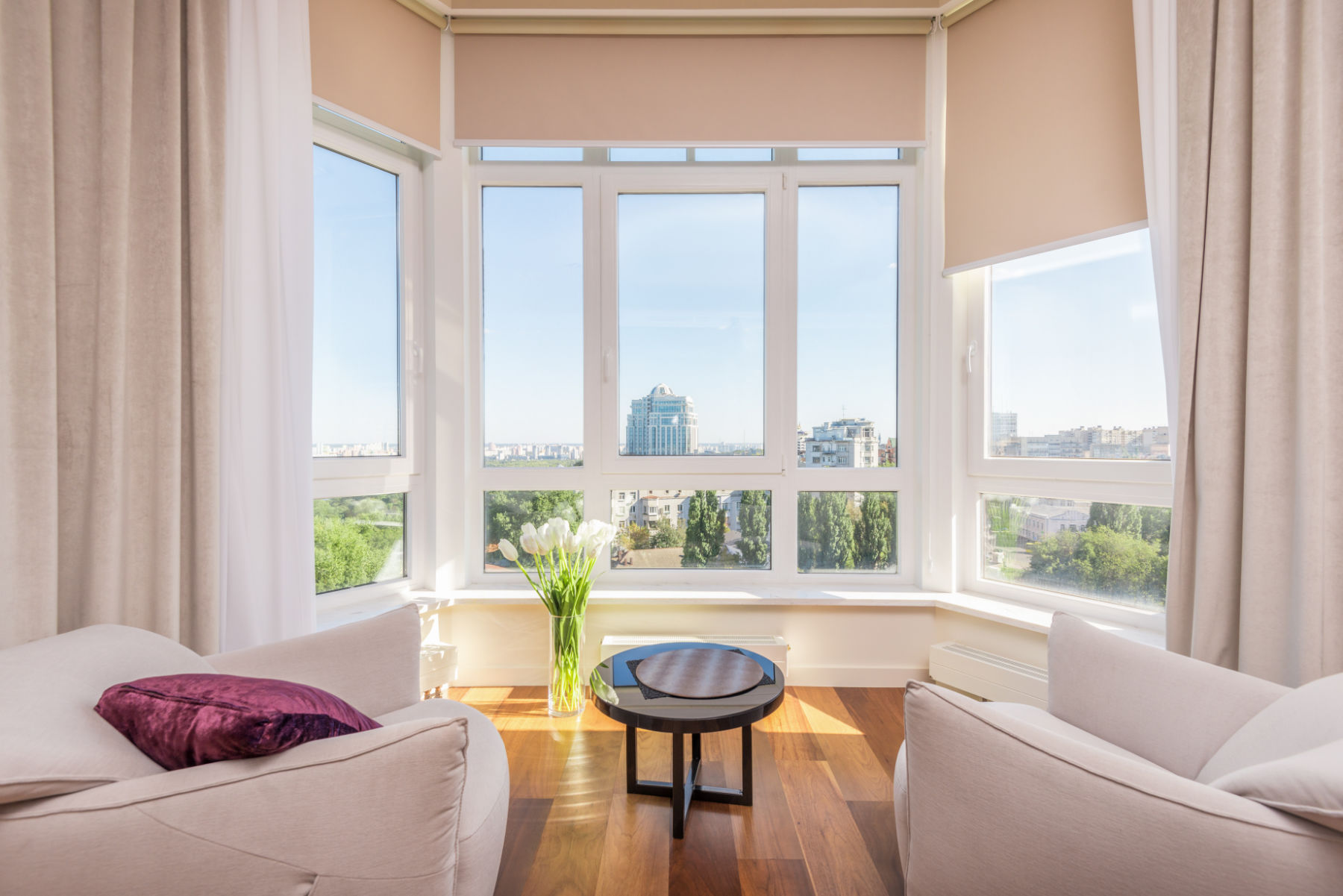Most of us want as much daylight as possible in our homes. How to achieve this? And what to do if there is too much light? In today’s article, we’ll tell you all about working with indoor light.
Why is light so important?
Sunlight is one of the basic conditions that gave rise to life on Earth. So it’s natural that humans seek out light. Since time immemorial, light has played an important role inside properties. This is particularly evident in important historic buildings – especially religious ones – that work with sunlight architecturally.
As modern solutions become more and more affordable, more and more daylight is finding its way into new buildings. Indeed, current regulation of new construction directly requires a certain amount of daylight in individual rooms.
Apart from the very basic function – i.e. the actual illumination of dark places – daylight has many other benefits. Enough light has a positive effect on the way a home looks. Well-lit houses and apartments are generally worth more. Daylight contributes to a good mood. And last but not least, sunlight is a source of vitamin D.
How to light up a room?
Large windows are a basic prerequisite. Nowadays, you can find French windows on the market that reach from the floor to the ceiling. You can then have the entire wall glazed and the maximum potential daylight will enter the room. Moreover, if you don’t divide the interior with partitions, but go for large rooms with a multifunctional purpose, you can easily light up the whole floor. On the top floor, don’t forget skylights and roof windows.
In older buildings, you have the problem of dark hallways, toilets, and bathrooms. Moreover, you will hardly be able to enlarge the windows of individual rooms.
Here you can also make a difference by knocking down partitions or cleverly placing glass skylights in the load-bearing walls. This way you won’t disturb the statics of the house, but at the same time you will get natural daylight where there was none before.
What if there is too much light?
It can happen that sometimes there is more light than desired. This is especially the case on summer days when the harsh rays of the sun combined with large windows turn our home into a greenhouse. For these cases, it is necessary to install outdoor blinds or shutters on the building to reflect the rays and keep the inside pleasantly cool.
Alternatives are interior blinds and shutters or blackout curtains, which you can pick online at FAVI.co.uk. In addition to shading, these elements will help create the necessary privacy behind the windows in the evening.
How about the evenings?
After dark, we also want to get enough light at home. There are plenty of alternatives today besides the classic chandeliers. While in the past the light source was placed in the middle of the room, nowadays you can use the option of spot lights or LED strips. This way, the light source will be evenly distributed throughout the room, which is much more practical.







